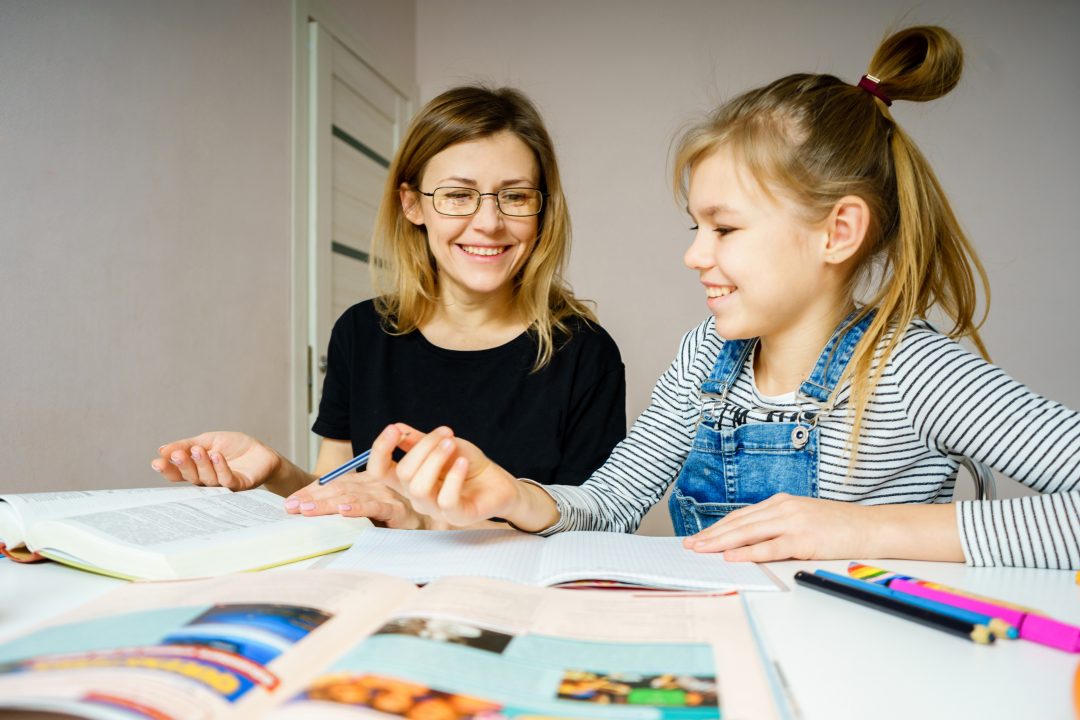Unlocking the Power of Reading: A Must-Read Guide
Categories: General Parenting, Education
Here’s how to making reading aloud to your children one of the greatest things you can do for them
In 2001, beloved Australian children’s author, Mem Fox, released a book called Reading Magic into the world. Like some of her other bestsellers, Ten Little Fingers and Ten Little Toes, Possum Magic and Koala Lou (among many other favourites), Reading Magic is a delight, but for an entirely different reason – it’s non-fiction and it’s about the joy of reading to your children and the wonders it does for their language, literacy and early childhood brain development. Mem Fox was a popular and vocal campaigner on this topic and did a lot to raise public awareness of the importance of reading aloud to children in Australia, but she actually echoed what child development experts have been saying for a long time: reading to kids changes their lives.
A study conducted by Ohio State University found that young children whose parents read five books a day to them had heard about 1.4 million more words by the time they entered kindergarten than their counterparts who weren’t read to regularly. Even when kids had only one book a day read to them, they’d still heard about 290 000 more words than those who weren’t read to at all. Exposure to vocabulary is a key foundation for early literacy, language and comprehension skills, but the benefits of reading aloud don’t end there. This Australian study found that children who are read to frequently have better cognitive skills in general, even in numeracy. These early cognitive skills then lay the foundation for the development of later advanced cognitive skills and subsequent success in education and work.
If that’s not life-changing, we don’t know what is.
Most parents understand that it’s good to read aloud to children from an early age, but many of us don’t know the specifics of why. And, if we don’t know why, then we probably also don’t know how to read aloud in the way that’s most beneficial. But, fear not! Your instincts have probably gotten you off to a very good start. Here’s what else you need to know:
Be extra expressive when you’re reading aloud
If you’re not an actor or extrovert, you might feel a little silly when you first start reading aloud to your child in a super expressive way, especially if they’re still a baby and they’re just looking at you blankly when you do it. But, it’s good to try and get over it, embrace the feeling silly and understand that the more expressive you are, the more engaged they’ll be and the longer their attention span will become. What you do with your body, hands and eyes as you’re reading all give children clues about the meaning of words and context. If the story says a bear is roaring, make your free hand into a claw. If the story is building to a climax, widen your eyes. If the reader or the character is surprised, raise your eyebrows in an exaggerated way. This also helps them to grasp and explore emotions and emotional responses.
Use your voice as a tool
You might find that you end up reading the same story in the same way, with the same tone and inflection. This isn’t a bad thing! The singsong rhythm of your storytelling is captivating for little ears, and repetition builds meaning for them. This combination of intonation, stress and rhythm is called prosody, and becoming attuned to it is an important part of language acquisition. If you just read the words aloud in a flat monotone, it’s hard for kids to find meaning beyond the denotative (or explicit) meaning, but an expressive voice helps their comprehension.
Encourage conversation outside the story
If you want the fancy academic term for this, it’s extra-textuality, but really it means that we have to learn to love it when our kiddos interrupt us constantly to speculate on the whereabouts of the green sheep. In this discussion, some important things are happening. The story is coming alive for them, enriching the mental imagery they associate with the words, and they’re exploring the meaning of the text as a whole. These are all fundamental cognitive skills they can build upon later. It’s also great to wonder aloud when you read, and say something like ‘I wonder what they will do next?’ or ‘Uh-oh! I wonder if he’ll fall in the lake?’ This sort of chat helps your child learn about predicting and sequencing and patterns, another important cognitive skill. You can also model the process of decoding text, by voicing your thinking and saying things like ‘I think he’ll fall in the lake because it sounds like he’s leaning too far over the edge.’
Point at the words
We forget that kids have to learn every aspect of literacy, including which order to read the words in, how to turn the pages and where the book begins and ends. Pointing at the words gives them clues to this process, and also helps them start to associate the sound of a word with the letter shapes within it. Pointing at the words as you read also helps children understand that those printed squiggles have meaning and communicate information.
Reading aloud to children gives them access to other worlds. It gives them the opportunity to explore complex ideas, situations and context and exposes them to a greater breadth of language than we use in everyday speech. When you read a book to them, children understand how wonderful reading is, and they’re more likely to want to learn how to read. It’s a pretty special bonding time, too. So, even when your kids can read themselves, don’t assume they no longer want to be read to! The same benefits of reading aloud still apply to older children, and it can also be a great opportunity for connection and conversation. Find out more here.
If you’d like some online reading aloud lessons from the queen herself, click here to hear the wisdom from the one and only Mem Fox and here for a great demonstration by a speech pathologist.
Thanks for reading!
Want to know more about learning, language and literacy? Try these:
WATCH: Early childhood language development ‘red flags’
With Dr Megan Yap
WATCH: Do kids still need to learn handwriting?
With Andrew Oberthur
WATCH: Is my child ready for school?
With Maggie Dent
WATCH: What does open-ended play mean?
With Teacher Tom






